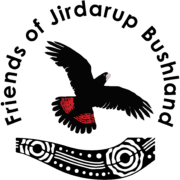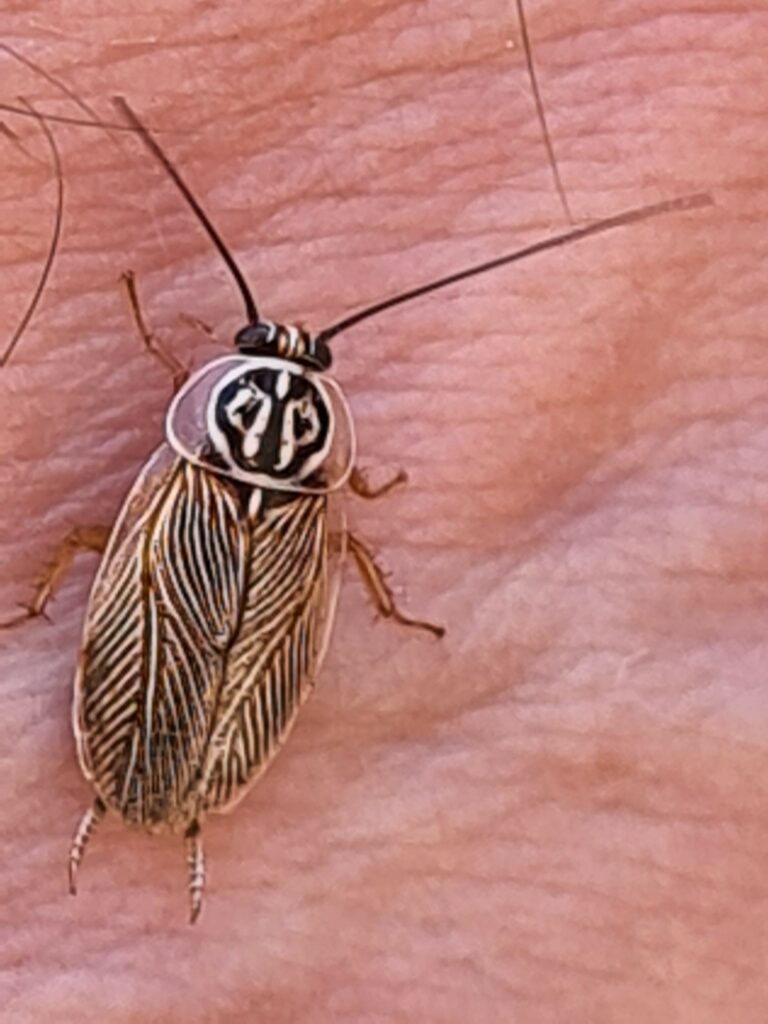by Clare Caldeira
Meet Balta hebardi, not the five cockroach species plaguing our homes, but one of our very own Bush Cockroaches.
There are well over 400 species of Bush Cockroaches documented. They belong to the order Blattodea from the Latin blatta, meaning a light-shunning insect. Unlike the nocturnal pest species, Bush Cockroaches are often diurnal, active at dusk and dawn and often during the day.
Cockroaches are hemimetabolous: they skip the pupal stage, and the hatched nymphs resemble the adults apart from their size and the absence of wings. Female cockroaches produce an egg sac known as an ootheca and can hold anywhere from 12-25 eggs depending upon the species.
Like other insects, cockroaches communicate with one another by releasing pheromones. Cockroaches also release hydrocarbons from their body that are transferred through interactions of their antennae. This scented signalling is thought to prevent inbreeding and operate as a defence and warning mechanism.
If you discover a passion for cockroaches, or other native species, try recording them in the Living Atlas of Australia.
If this has stirred an appetite for all things insect-related, there are many online resources to get you started:
https://entomology.edu.au/
https://www.facebook.com/WAInsectStudySociety?mibextid=ZbWKwL
https://www.facebook.com/groups/925620167561301/?ref=share&mibextid=F3zKvj
https://www.facebook.com/groups/740310409429378/?ref=share&mibextid=F3zKvj



